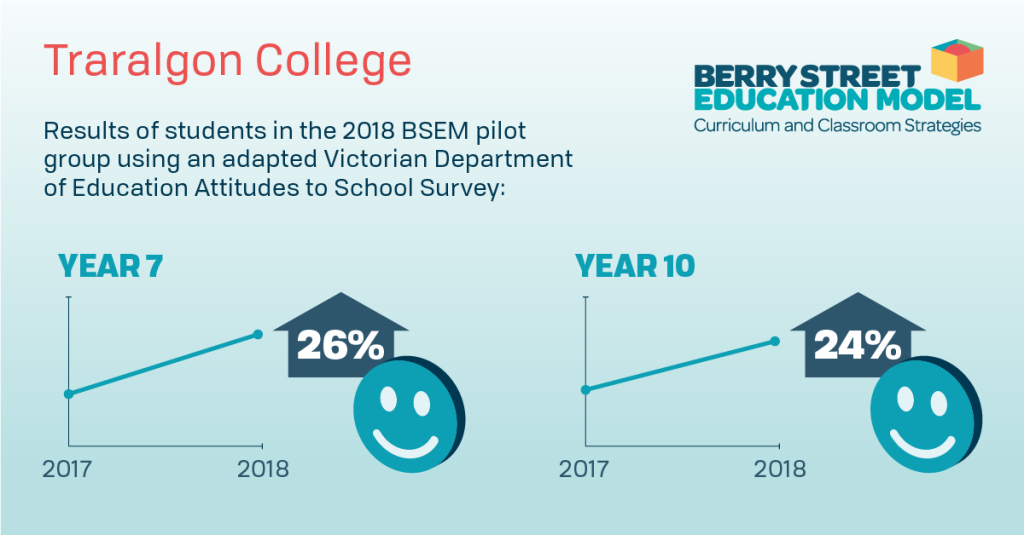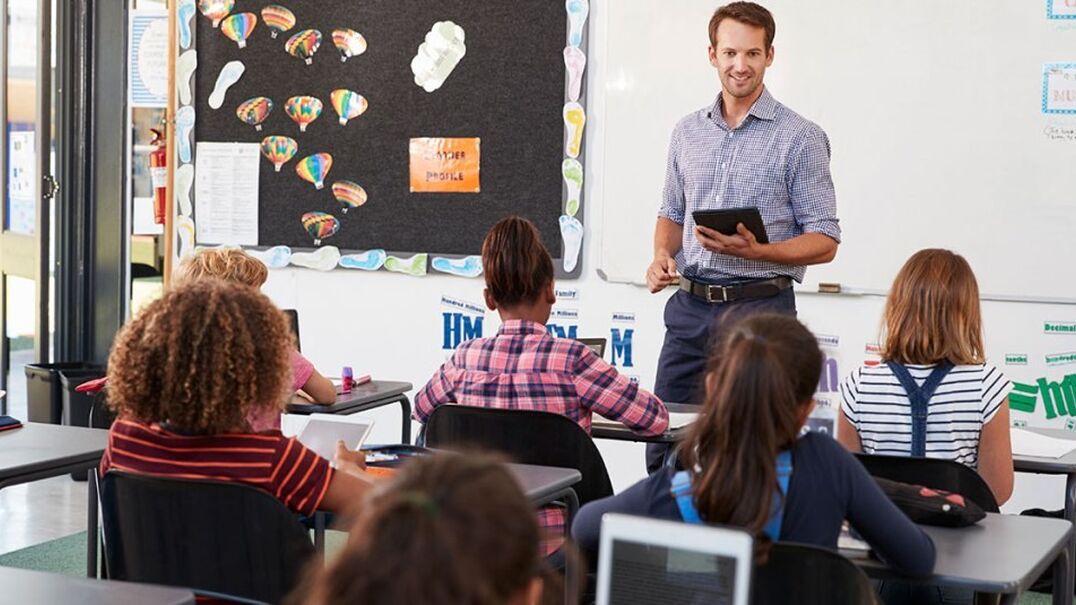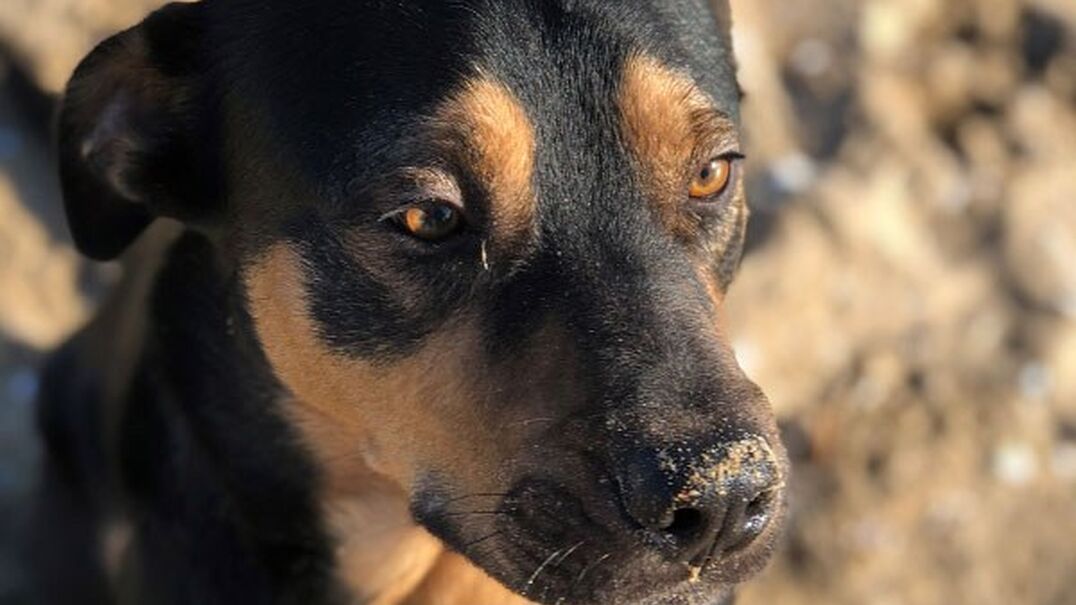
Located in the Latrobe Valley, Traralgon College is a multi-campus high school with approximately 960 students.
Keita Matsumoto is a teacher and the Berry Street Education Model (BSEM) Leader at Traralgon College. He is an alumnus of the Teach For Australia program and in 2018 was a finalist in the Australian Education Awards in recognition of his work across the Latrobe Valley.
In this interview, Keita reflects on the impact generated at Traralgon College through early BSEM implementation initiatives.
Jack Greig: Keita, how did you go about setting up for implementation? Because getting started can often be the most challenging part.
Keita Matsumoto: When we were looking to set up for BSEM at Traralgon College we were broadly looking at three areas. The first area was the people that would form the BSEM pilot team. The second area was the strategy and the operations that we’d like to put in place. The third area was really thinking about the skills and capabilities that are needed.
When we look at the first bucket, which is the people… my principal and I were looking for three main things: 1) good foundations in classroom management; 2) commitment to the vision of trauma-informed practice and what that means for our students, and; 3) representation from all levels of the teaching hierarchy. We were looking for people ranging from Leading Teachers to early career teachers to ensure that BSEM had representation across the school. This was a vital and important step that set us up for implementing the strategy, which started with looking at what year levels we wanted to focus on. We decided to focus heavily on key year levels in our first year of implementation. Traralgon College exists on a two-campus system: we have Years 7, 8, 9 as junior and Years 10, 11, 12 as senior. We picked out Year 7 at junior and year 10 at senior because they are the youngest cohorts at each campus. Our thinking behind that was as implementation continues over the years it will enable us to familiarise students with trauma-informed practice as soon as they enter the Traralgon College system.
Another important part of the strategy was to think closely about time allocation. We budgeted a hundred minutes a fortnight for pilot team members. When you break that down it comes to 30 minutes for observation every fortnight and then 30 minutes to analyse the footage and prepare for coaching conversations. Then we had about 30 to 40 minutes of coaching conversations once a fortnight. For those five BSEM pilot team members that equates to about five periods a week, which is 0.2 FTE load.
Evaluation was also critical. We were looking at what we wanted to track, how we we’re going to track it, and why. We ended up with the refined version of the Victorian Department of Education’s Attitudes to School Survey because it is a valuable feedback tool that aligns the concepts from Body and Relationship days and secondly, it is an important data set for the school.
The third area included skills and capabilities. We were looking at how to get team members to skill up as fast as possible. We used a mixture of growth coaching and classroom filming to make sure that we had observations to pick apart what was happening in the classroom. Personally, as BSEM leader, it was also important for me to make sure that I was getting the professional learning that I needed to support my team. That’s where Teach For Australia’s Teach to Lead program has been vital in my development as a middle leader. The program taught me a lot of the skills around what it means to manage implementation, coaching, personnel leadership and a lot of the hard and soft skills that come with team management.
Evaluation was also critical. We were looking at what we wanted to track, how we were going to track it, and why.
JG: There’s some sophisticated planning I can hear going into getting started in the first few months of implementation. I’m really interested in how you measured the early success and impact of your work. How did you decide on what data you were going to collect?
KM: When you take a step back in terms of measuring the impact of our early work… We were mainly looking at two comparisons for both males and females. And the first comparison was taking the 2017 Attitudes to School Survey results and comparing that with a baseline at Year 10 and Year 7. We wanted to see whether there was any growth between the two separate cohorts. The second comparison was taking a term one baseline from Year 7 and 10 and seeing whether implementing BSEM in terms 2 and 3 had a significant difference in pilot classrooms compared to the general cohort.
When deciding what specifically to track, there were two important decision-making factors. The first important factor was that the data would provide meaningful information from students in terms of our classroom practices while being relevant to the content we were covering in Body and Relationship.
The second was that the data had to be relevant to the school’s strategic priorities. We wanted to select data sets that are used by the department to assess the school’s performance, as this would ensure that the BSEM pilot team was delivering on key strategic priorities with contribution to overall school performance. As a result, we settled on a refined 19 question version of the Attitudes to School Survey.
After one semester, our BSEM students are outperforming their general cohort by a factor of about 20 per cent.
Our priority in collecting the results was to get an accurate picture of the students’ perceptions. When looking at the whole cohort it was important for us to set a day and time for all the students to complete the survey because this ensured that feedback was collected in a consistent context. In terms of pilot classrooms, we were asking the students the same questions but the pilot teachers specifically explained to students that this time the questions were about their experience in that particular classroom regarding that specific teacher’s practice. By doing that we could distinguish between students’ general experience during Year 7 and Year 10 and a student’s specific experience within the BSEM pilot classroom.
JG: Now you’ve got the data, can you share more about what it’s telling you? How have you communicated success to the leadership team and to broader school staff?
KM: The data is very positive. What we saw was that on average Year 10 pilot students outperformed the 2017 Year 10 cohort by 24 percent and the pilot Year 7s outperformed the 2017 Year 7s by an average of 26 per cent. When we compare within the 2018 cohort, Year 10 pilot students outperformed their cohort by about 24 percent and Year 7 outperformed their cohort by a measure of 14 percent. After one semester, our BSEM students are outperforming their general cohort by a factor of about 20 per cent.
To share and build on this success we were broadly looking at communicating with four groups of stakeholders. First and foremost was the BSEM pilot team. Our first step was to feedback to the team our impact and celebrate the outcome. And when we were doing that it was important for me to highlight how this data was a result of each of our persistence throughout implementation. I found that objective data is an incredibly powerful way to communicate the impact that we’re having.
The second group that we were looking at was leadership. When I approached the principals about the data this conversation specifically focused on the efficacy of BSEM for our pilot students and then to highlight the potential school-wide benefit with a more systematic rollout beyond the pilot team. Our mandate this year has really been around showing that BSEM can work within our context and we believe that this data has done that for us.
The third was more of a question of how to communicate this to the broader Year 7 and year 10 teaching teams in a way that will be conducive to supporting implementation long term. The framing of the message was incredibly important here. We spent a whole lot of time considering this and decided that we would focus on the idea that the data was not a comparison but it was objective feedback from our students about the benefits that come with trauma-informed practice in their classroom. What’s more, we used that meeting with the cohort team as a springboard to trial cohort-wide de-escalating entry routines at both Year 7 and Year 10. We chose that strategy because we thought it was the most powerful routine to achieve a strong start in each class. Then we followed it up by working on cohort-wide brain breaks. At the end of this year we plan to show this data to the whole school and on Friday we have a team planning day where we’re currently working through how the messaging will go when we get up there. Our plan is to create a summary presentation where we communicate our impact for 2018.
I found that objective data is an incredibly powerful way to communicate the impact that we’re having.
JG: Can you share more about what’s next for the implementation initiative, from the data you’ve got and from where the energy and interest is lying in the school?
KM: Our implicit mandate this year was to demonstrate that BSEM is effective for our students and our context. The pilot team have done an incredible job with this and now have strong data to demonstrate the efficacy of BSEM. This data is vital to get the staff and leadership on board for the next phase of implementation. In 2019 our priority will be to move from a pilot to school-wide practice, and really this means two things.
The first thing is we need an active stake in leadership meetings because this is the way decisions roll out across our school. So being aware of the political and the leadership structure is important for us when we spread to school-wide practice. We also feel that working at that level will allow the BSEM team to be more fluidly embedded within the key organisational priorities that are set at the school and as a result, we’re hoping to get a lot more insight as to how to support the other priorities that are taking place.
The second category is how to provide professional development for our staff in a wider reaching manner. This year a lot of the professional development has been focused on the five pilot team members, so aside from the whole-school BSEM days, the intensive coaching has been limited to five people. So next year we’re thinking about expanding observations and coaching support to the concept of a ‘BSEM learning stream’ where staff can have access to in-house professional development. In practice this is going to be less time-intensive but it’s going to be regular enough that we can keep in touch and make sure that BSEM practice is at the forefront of minds.
JG: What are some of your personal reflections and insights from Traralgon College’s journey to introduce BSEM, given the process so far?
KM: My insights fall into two broad areas. The first being about teams and managing teams. The second is around implementation – let’s start there. I think that it’s critical to be clear on your goals and to closely track your metrics. It enables the pilot team to gauge their progress as we’re doing the work and it allows us to course correct where necessary… but more importantly it also allows us to celebrate the wins when we have them.
Secondly, these metrics allow the pilot team to communicate with key stakeholders the efficacy of BSEM and the contribution of the work taking place. This is vital because you want to make sure that people know that the hard work they are putting in is paying off. Without these metrics it’s hard to communicate that to colleagues and leaders.
And thirdly, I think it enables us to understand the team’s direct contribution to overall school improvement. This has really helped to maintain the momentum and reinforce the belief in the importance of our work.
…the earlier the pilot team can visit a model school where BSEM is really working, the better clarity they will have around what will be in store for implementation over the year.
My final reflections are more about teams. One thing that I really took away from the start of the year was that a shared experiential understanding of what’s possible is catalytic for team motivation. The earlier the pilot team can visit a model school where BSEM is really working, the better clarity they will have around what will be in store for implementation over the year. I think that doing so creates a vision that the team can work towards. It’s critical for the team to see and feel what’s possible because the content, especially in the Body domain, can be abstract if teachers haven’t engaged with it before. But if you go into a school environment where it’s living and it’s working, it really makes the abstract more concrete and it clarifies what the team is working towards. My hot tip would be as early in the implementation phase as possible, visit a model school!
Another thing I have reflected on is that my job as a leader here is to be present and very much in and amongst the team as we do our work day-in and day-out. I think that sounds obvious but it is a powerful takeaway and unless the situation calls for it my default position is to maintain the dynamic of just being another team member – thinking and working through implementation challenges side-by-side. In fact, I’m coached by two of my team members just as I work with and coach each of them. I find that this dynamic works well because it builds the camaraderie. There isn’t really a hierarchy here. We’re just a cohesive unit working at the same level and that has had a strong contribution to the way we interact and the culture that we’ve developed.
JG: Thank you for sharing your experiences and learnings from implementing BSEM at Traralgon College.
This article was the first of BSEM’s Stories of Impact series.

Jack Greig
Master of Public Policy | Master of Teaching | Bachelor of Arts



